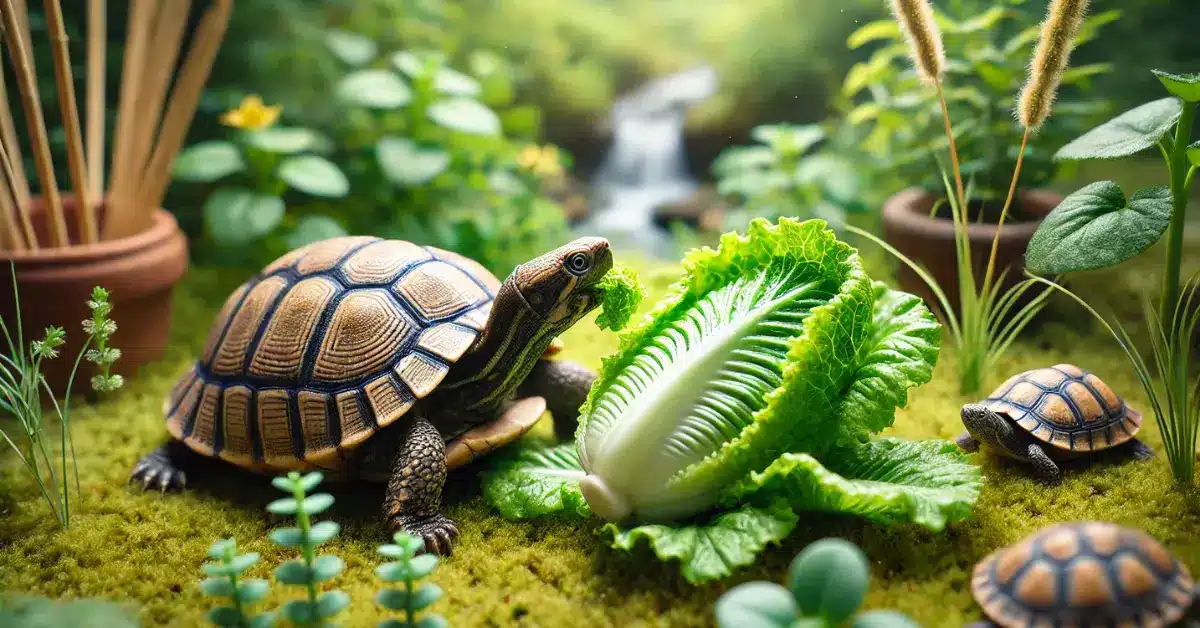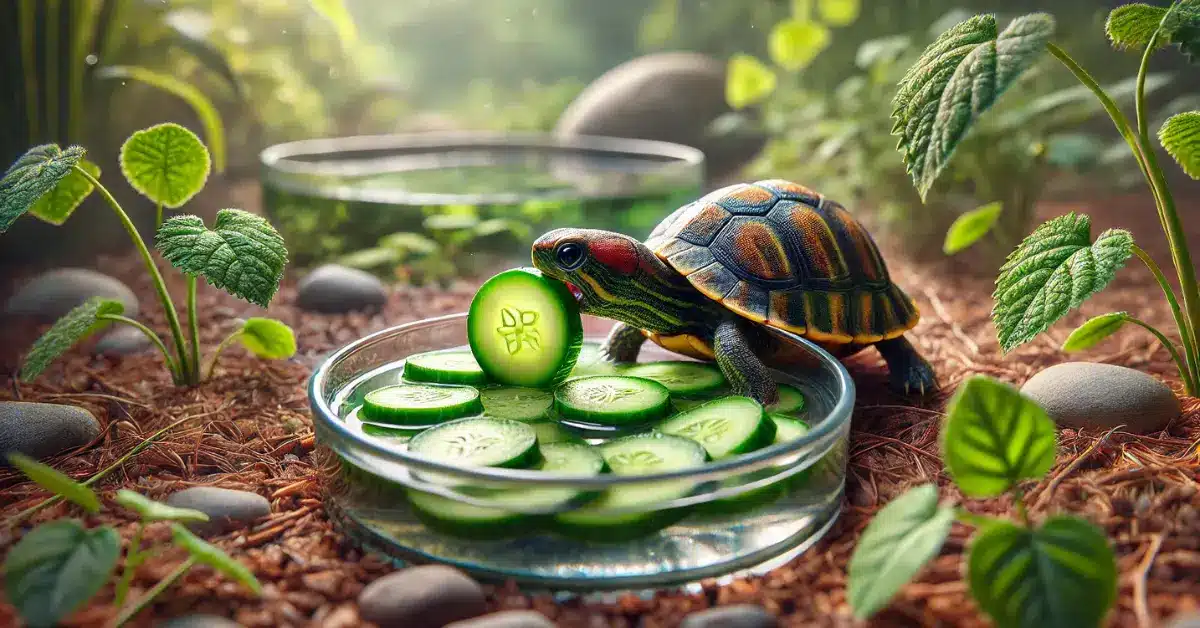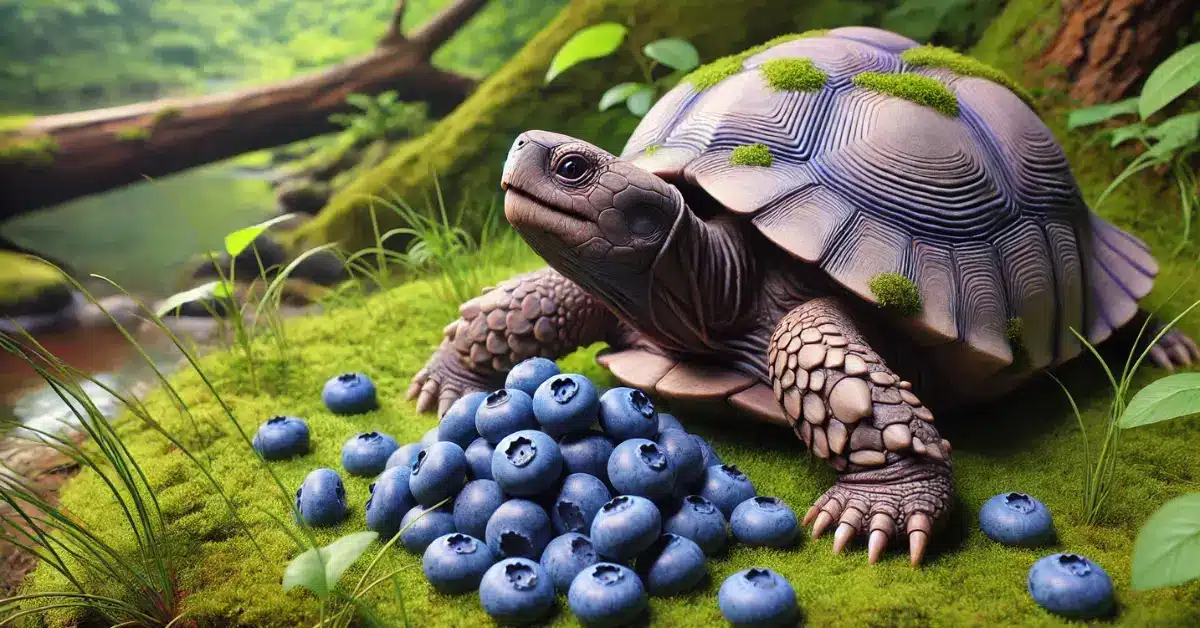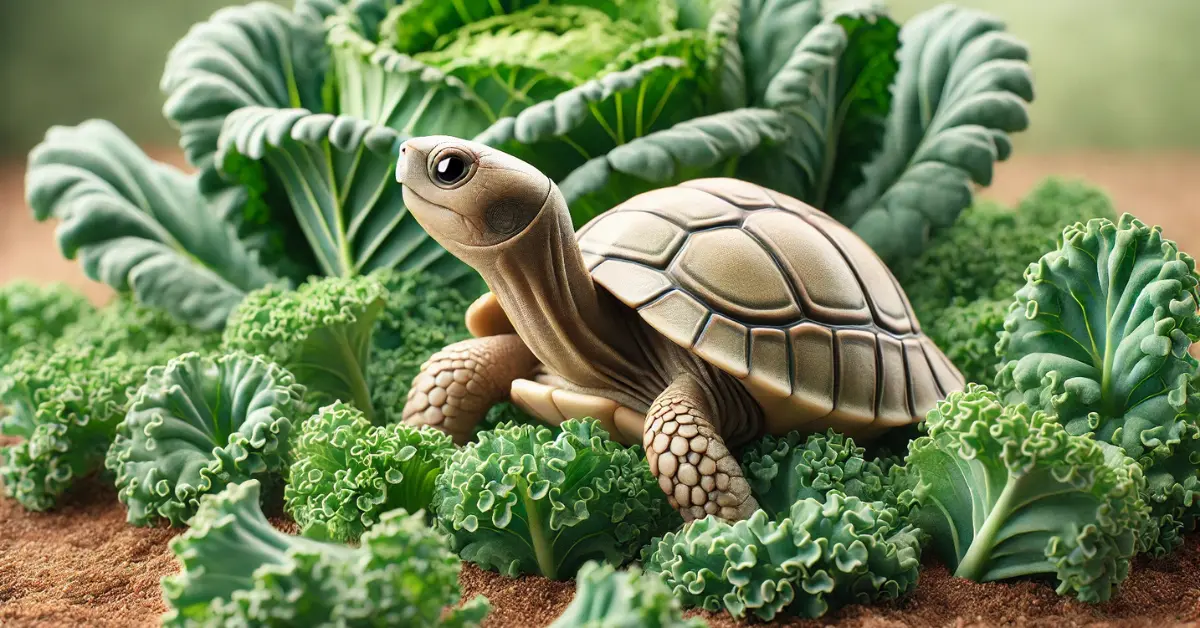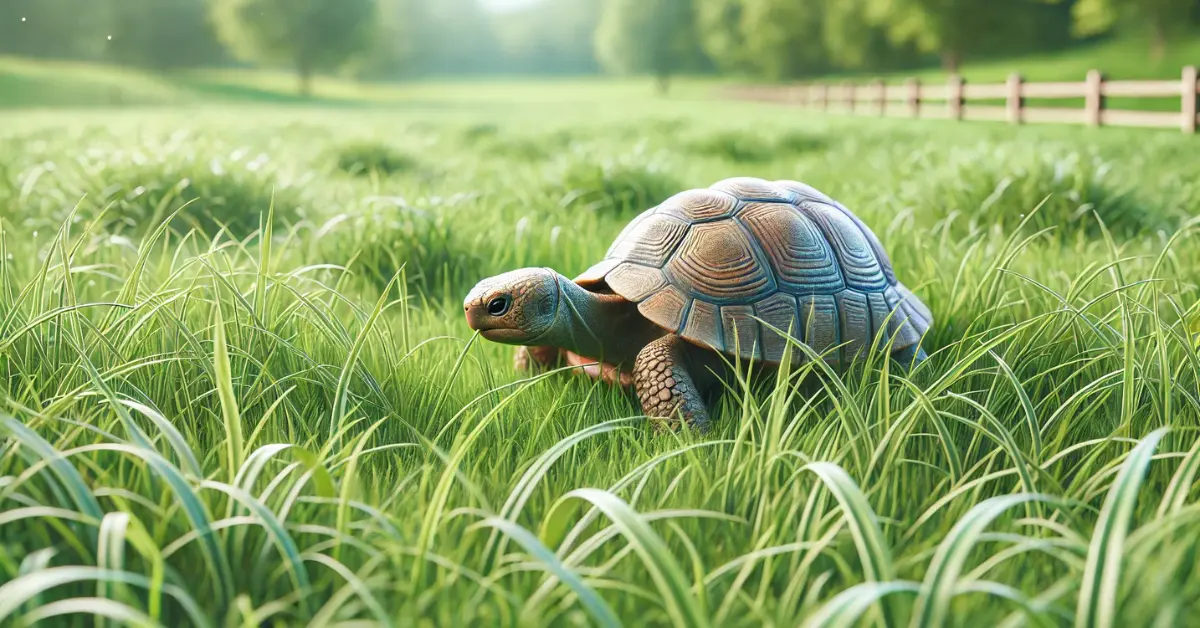Many turtle owners ask, can turtles eat mushrooms? Some turtles can enjoy mushrooms as a treat, while others shouldn’t eat them at all. In this blog, we will explore which turtles can eat mushrooms, how to feed them safely, and the risks to watch out for. Whether you have a box turtle or an aquatic turtle, it’s important to know what’s safe for your pet.
Table of Contents
ToggleNutritional Content of Mushrooms for Turtles
Mushrooms have some important nutrients. Here’s a simple chart showing what’s in them:
| Nutrient | Amount per 100g |
| Protein | 3.1g |
| Fat | 0.3g |
| Fiber | 1.0g |
| Vitamin B2 | 0.35mg |
| Vitamin D | 18 IU |
| Potassium | 364mg |
| Selenium | 13.0mcg |
These nutrients are good for turtles, but you must be careful about feeding them mushrooms.
Health Benefits of Mushrooms for Turtles
Mushrooms can be healthy for turtles if given in small amounts. Here are some benefits:
- Fiber: Helps turtles with digestion, preventing tummy troubles.
- Vitamin D: Supports shell health, though turtles mostly get this from sunlight.
- Selenium: An antioxidant that helps fight cell damage.
- Low Calories: Makes mushrooms a light snack, so turtles don’t gain too much weight.
Even though mushrooms can be good for turtles, it’s still important to think about how often they should eat them.
Can Turtles Eat Mushrooms?
Yes, turtles can eat mushrooms, but you need to be careful.
The Short Answer: It’s Complicated
Turtles can eat some types of mushrooms, but not all. Wild mushrooms are risky because some can be poisonous to turtles and humans. It’s best to give your turtle store-bought mushrooms, and only in small amounts.
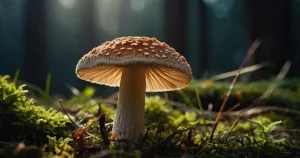
What Types of Turtles Eat Mushrooms?
Not all turtles enjoy or can eat mushrooms, but some species do. Here are a few types of turtles that can eat mushrooms as part of a balanced diet:
- Box Turtles: These turtles are omnivores, which means they eat a mix of plants and animals. Box turtles enjoy a variety of foods, including mushrooms, in moderation.
- Wood Turtles: Another omnivorous species, wood turtles, can eat mushrooms alongside their regular diet of plants, insects, and fruits.
- Red-Eared Sliders: While their diet mainly includes plants and protein sources, red-eared sliders can have mushrooms as an occasional treat, but not too often.
These turtles have a more diverse diet, making mushrooms a safe snack when given carefully.
What Types of Turtles Do Not Eat Mushrooms?
Some turtles are strict herbivores or have very specific dietary needs, so mushrooms aren’t a good option for them. Here’s a list of turtles that should avoid mushrooms:
- Tortoises: Most tortoises, like the sulcata and leopard tortoise, are strict herbivores. Their diet is mostly grass, hay, and leafy greens. Mushrooms can upset their digestive system, so it’s best to avoid feeding them any.
- Aquatic Turtles: While some aquatic turtles can eat mushrooms, others prefer a diet of aquatic plants, insects, and fish. Painted turtles, for example, may not digest mushrooms well and can do without them in their diet.
In general, it’s always important to research your specific turtle’s diet before introducing new foods like mushrooms.
What Kind of Mushrooms Are Best for Turtles to Eat?
When feeding mushrooms to turtles, it’s important to choose safe, store-bought varieties. The best types of mushrooms for turtles include:
- White Button Mushrooms: These are the most popular and easiest to find. They’re a safe choice for turtles when given in small amounts.
- Cremini Mushrooms: These are similar to white button mushrooms but have a slightly stronger flavor. They are also safe for turtles in moderation.
- Portobello Mushrooms: These are mature cremini mushrooms with a richer texture and flavor. Portobellos are safe for turtles as well, but like all mushrooms, they should be offered occasionally.
Always avoid feeding your turtle wild mushrooms, as they can be toxic. Stick to store-bought varieties that are safe and well-known. And remember, mushrooms should only make up a small part of your turtle’s diet.
How to Feed Mushrooms to Turtles
If you decide to feed mushrooms to your turtle, it’s important to do it safely. Here’s how:
- Choose Safe Mushrooms: Only feed store-bought mushrooms, like white button or cremini mushrooms. Never give wild mushrooms, as they can be toxic.
- Wash the Mushrooms: Always wash mushrooms thoroughly to remove any dirt or chemicals that might be harmful to your turtle.
- Chop into Small Pieces: Turtles can struggle with big chunks of food. Cut the mushrooms into small, bite-sized pieces to make it easier for them to eat.
- Feed in Moderation: Mushrooms should only be a small part of your turtle’s diet. Offer mushrooms as a treat once in a while, not as a daily food.
Remember, a varied diet is key for a turtle’s health, so balance mushrooms with greens, veggies, and turtle food.
Potential Risks of Feeding Mushrooms to Turtles
While mushrooms can be safe when given correctly, there are some risks to keep in mind:
- Toxicity: Some mushrooms, especially wild ones, are poisonous to turtles. Even store-bought mushrooms should be given with caution. It’s better to stick with common types like button mushrooms.
- Digestive Issues: Turtles may have trouble digesting mushrooms if they eat too many. Overfeeding mushrooms can lead to bloating or diarrhea.
- Nutrient Imbalance: Mushrooms don’t provide all the nutrients turtles need. Feeding too many can take away space for more important foods like leafy greens and protein.
To keep your turtle safe, always be cautious with new foods and avoid making mushrooms a big part of their meals.
Read more: Can Turtles Eat Bread?
Conclusion
So, Can Turtles Eat Mushrooms? Yes, but only some turtles, and even then, it should be done with care. Box turtles, wood turtles, and red-eared sliders can safely enjoy mushrooms in small amounts, but always wash them and cut them into small pieces. Remember, mushrooms should only be a treat and not a major part of their diet.
On the other hand, tortoises and certain aquatic turtles should avoid mushrooms, as they don’t align with their natural diet. The most important thing is to research your specific turtle species and always introduce new foods gradually.
If you’re unsure or want more advice on turtle care, head over to theturtles.info for more helpful tips and guides to keep your turtle healthy and happy!
FAQs About Can Turtles Eat Mushrooms?
Can turtles eat mushrooms safely?
Yes, turtles like box turtles, wood turtles, and red-eared sliders can eat store-bought mushrooms in moderation. However, wild mushrooms can be toxic, so always choose safe options.
How often can I feed mushrooms to my turtle?
Mushrooms should be fed as an occasional treat, not a regular part of their diet. Once or twice a month is enough for most turtles.
What types of mushrooms can turtles eat?
Turtles can safely eat store-bought mushrooms like white button mushrooms, cremini mushrooms, or portobello mushrooms. Avoid wild mushrooms, as they can be poisonous.
Are mushrooms good for my turtle’s health?
Mushrooms contain nutrients like fiber, vitamin D, and selenium, which can be beneficial in small amounts. However, turtles get most of their nutrients from greens, vegetables, and proteins, so mushrooms aren’t essential.
Can baby turtles eat mushrooms?
Baby turtles have sensitive digestive systems, so it’s best to avoid feeding them mushrooms until they are older and their diet can handle a wider variety of foods.
What should I do if my turtle eats a wild mushroom?
If your turtle accidentally eats a wild mushroom, monitor them closely for any signs of illness, such as vomiting, lethargy, or lack of appetite. Contact a vet immediately if you notice any unusual behavior.
Can tortoises eat mushrooms?
No, most tortoises are herbivores that rely on leafy greens and grasses. Mushrooms can upset their digestive system, so they should avoid eating them.
Is it okay to feed mushrooms to aquatic turtles?
Some aquatic turtles, like red-eared sliders, can eat mushrooms occasionally. However, it’s best to focus on their natural diet of aquatic plants, insects, and fish.

